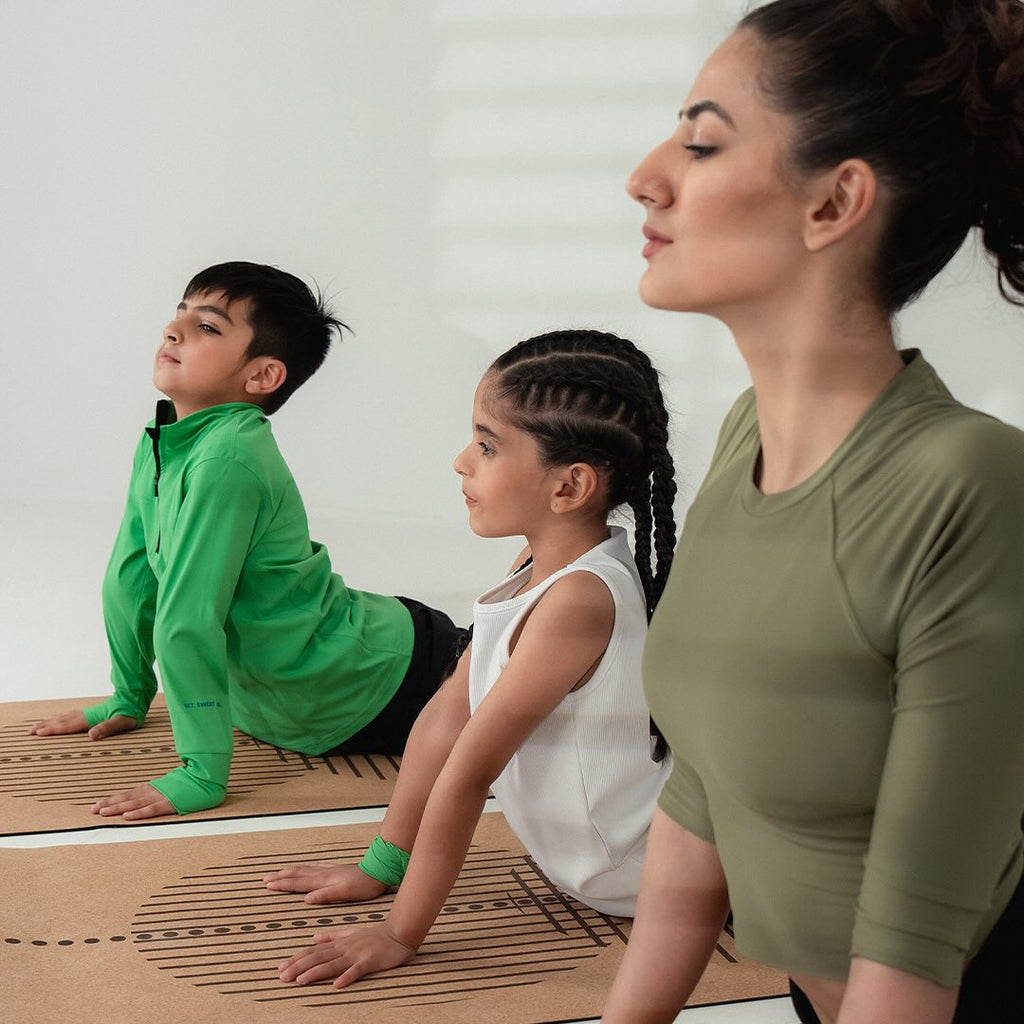Active Lifestyle With Bandana
Posted by DIGITAL MATE

An active lifestyle is increasingly recognized as a cornerstone of a healthy, fulfilling life. Defined by regular physical activity and a commitment to staying moving, an active lifestyle yields numerous benefits that transcend age, profession, and personal circumstances. From physical health improvements to mental well-being and social advantages, the merits of an active lifestyle are manifold.
Physical Health Benefits
One of the most immediate and noticeable benefits of an active lifestyle is improved physical health. Regular exercise helps maintain a healthy weight, reduces the risk of chronic diseases such as heart disease, diabetes, and hypertension, and enhances overall cardiovascular health.
Engaging in activities such as walking, running, cycling, or swimming strengthens muscles and bones, which is particularly important as we age. Weight-bearing exercises, for example, help maintain bone density, thereby reducing the risk of osteoporosis.
Additionally, an active lifestyle boosts the immune system. Moderate exercise stimulates the circulation of immune cells, making the body more adept at detecting and fighting off infections. This enhanced immune function can lead to fewer illnesses and a more resilient body overall.
Mental Health and Cognitive Function
The benefits of an active lifestyle extend well beyond the physical. Mental health significantly improves with regular exercise, which is known to reduce symptoms of depression and anxiety.
Physical activity triggers the release of endorphins, the body’s natural mood lifters, and can lead to an improved sense of well-being and happiness. This is often referred to as the “runner’s high,” but it applies to a wide range of physical activities.
Furthermore, an active lifestyle enhances cognitive function. Studies have shown that regular physical activity can improve memory, attention, and processing speed. Exercise increases blood flow to the brain, promoting the growth of new neurons and enhancing brain plasticity. For older adults, this can be particularly beneficial, as it helps maintain cognitive functions and may reduce the risk of neurodegenerative diseases like Alzheimer’s.
Social Benefits
An often-overlooked aspect of an active lifestyle is its social benefits. Engaging in physical activities, whether team sports, group fitness classes, or outdoor group adventures, fosters social connections. These social interactions can lead to new friendships, support networks, and a sense of belonging. For many, the social aspect of physical activity is a significant motivator to maintain an active lifestyle.
Participating in community sports or fitness groups can also promote a sense of community and shared purpose. These social connections provide emotional support, motivation, and accountability, making it easier to stick with a regular exercise routine. The communal aspect of physical activity can be particularly important for individuals who might otherwise feel isolated or lonely.
Practical Steps to Adopt an Active Lifestyle
Transitioning to an active lifestyle does not require drastic changes or significant time commitments. Here are some practical steps to incorporate more activity into daily life:
- Start Small: Begin with manageable activities, such as short walks or light stretching. Gradually increase the intensity and duration of these activities as fitness improves.
- Make it Fun: Choose activities that are enjoyable. Whether it’s dancing, hiking, playing a sport, or joining a fitness class, finding pleasure in the activity is key to maintaining it long-term.
- Set Goals: Establish clear, achievable goals. Whether it’s walking 10,000 steps a day, running a certain distance, or attending a fitness class twice a week, setting and achieving goals can provide motivation and a sense of accomplishment.
- Incorporate Activity into Daily Routines: Look for opportunities to be active throughout the day. Take the stairs instead of the elevator, walk or cycle to work, or engage in active hobbies like gardening or playing with pets.
- Seek Support: Join a group or find an exercise buddy. Social support can provide motivation, encouragement, and accountability, making it easier to stick to an active lifestyle.
- Use Technology: Fitness trackers and mobile apps can provide feedback, set reminders, and track progress, helping to maintain motivation and monitor improvement.
Conclusion
An active lifestyle is a powerful tool for improving physical health, enhancing mental well-being, and fostering social connections. By making small, sustainable changes and finding enjoyable activities, anyone can adopt an active lifestyle.
The benefits are profound and wide-ranging, making the effort well worth it. Whether through structured exercise or everyday activities, staying active is a fundamental component of a healthy, happy life.


